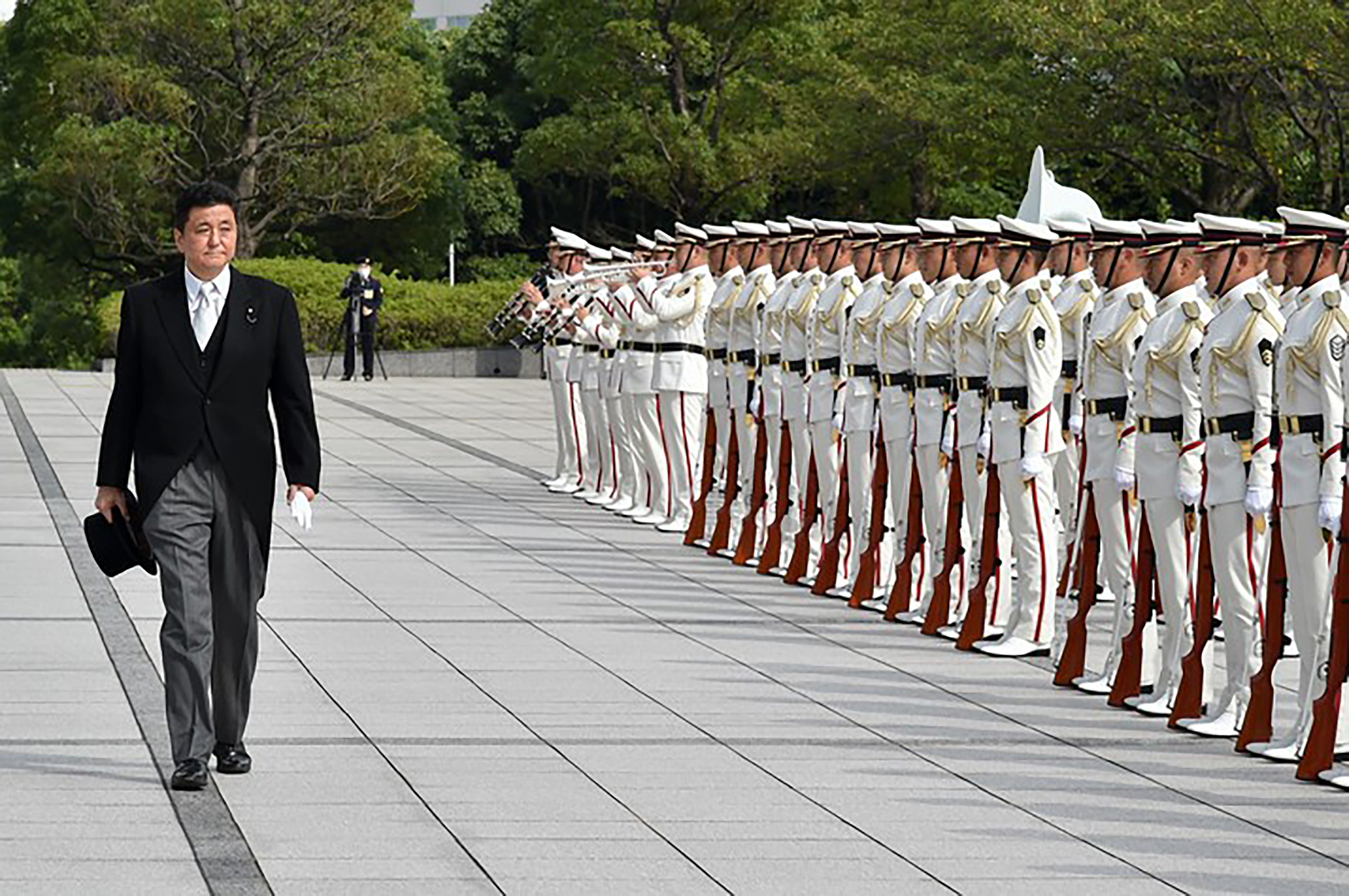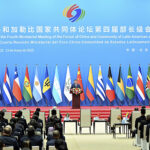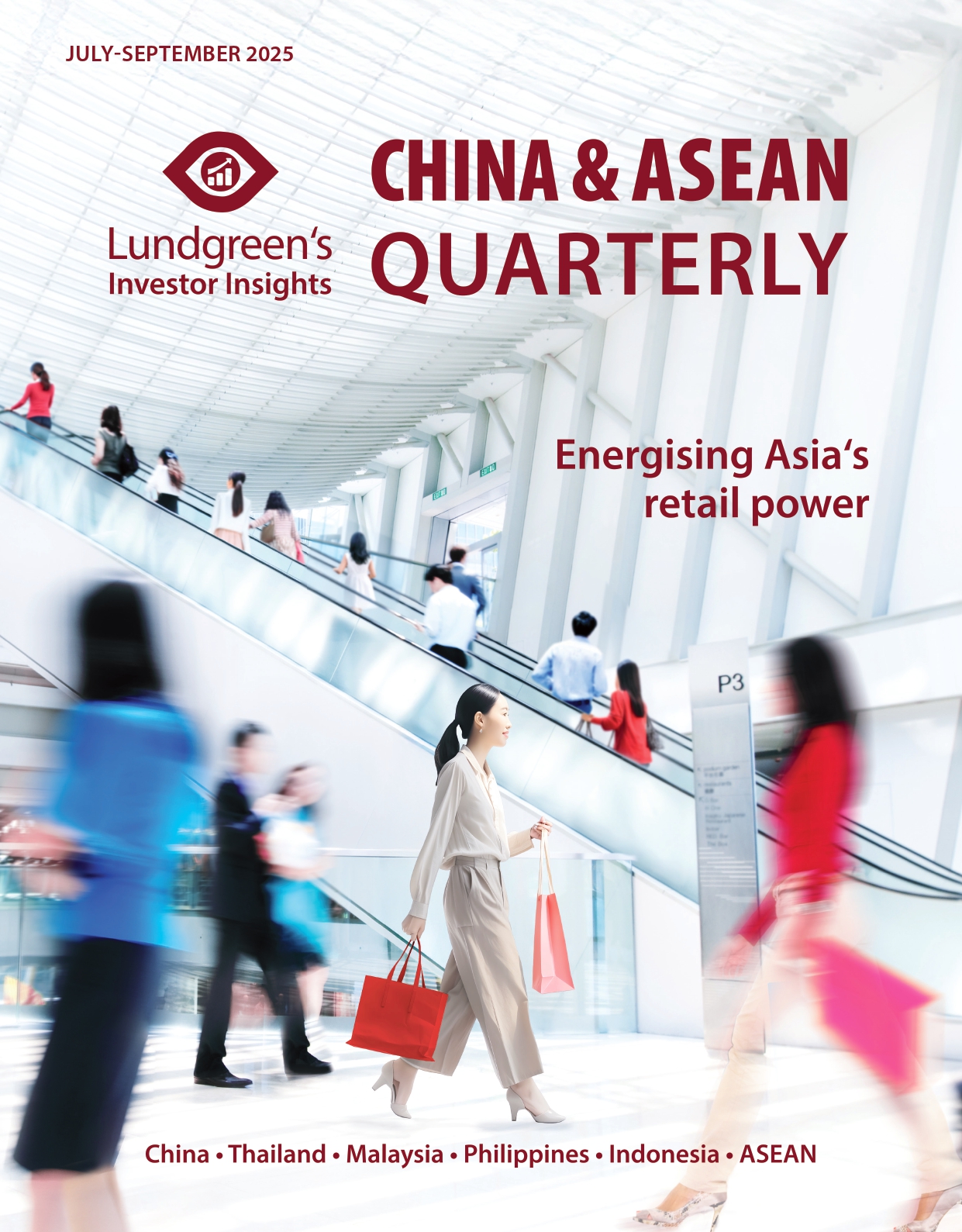Reshaping Japan’s approach towards defence
As regional threats intensify, Japan is rewriting its postwar defence stance – signalling a strategic turn in Asia’s security landscape.
Japan’s defence industry is undergoing a significant transformation in an attempt to catch up to other military powers.
Historically, Japan has been constrained by postwar pacifist principles. This has culminated in policies such as the 1967 Three Principles on Arms Exports and its related guidelines, as well as its 1976 variant which placed restrictions on arms sales. These principles highlight Japan’s image as a peace-loving country but limit its participation in global arms trade.
One may not be far off in concluding that Japan has long remained an abnormal military power, deliberately dimming its own might to protect its reputation. However, as the world faces increasing geopolitical challenges, particularly in the Indo-Pacific region, Japan must shift away from its passive defence position to address growing security concerns. Notably, regional threats stemming from China’s assertiveness in the South China Sea and North Korea’s missile program have raised Tokyo’s need to take a proactive role in national and regional security.
Policy shift and rising defence stocks
About a decade ago, the Abe administration revised the Three Principles, replacing them with the Three Principles on Transfer of Defence Equipment and Technology. This update allowed Japan to export armaments to partner countries in joint development and production while protecting the country’s security interests while promoting global peace.
Since the 1980s, the US has been the only country exempt from Japan’s strict policy on arms sales. However, recent realities, including the uncertainties surrounding US foreign policy under President Donald Trump, have fostered new international alliances. Japan has partnered with the UK and Italy in co-developing and sharing access to specific defence equipment under the Global Combat Air Programme (GCAP).
Japan’s 2024 revision of The Three Principles allowed the country to directly sell fighter aircraft under its GCAP engagement with the UK and Italy to other countries, with the condition that defence agreements have been executed. While this eases export barriers to those outside the GCAP arrangement, the setup excludes countries involved in active armed conflicts.
Though strictly controlled, Japanese defence contractors can now secure arrangements to export military goods like patrol boats to the Philippines and Vietnam. Exports of submarines to Australia and Indonesia are also amongst the latest developments stemming from Japan’s collaborations with other regions concerning defence.
Japan has also taken bolder steps in terms of defence spending. Under former Prime Minister Fumio Kishida, Japan significantly expanded its defence budget from an average of JPY 5 trillion (USD 34.3 billion) between 2013 and 2022 to over JPY 6 trillion (USD 41.1 billion) in 2023. In 2024, public defence spending reached JPY 7.7 trillion (USD 52.8 billion). However, this may not be enough when compared to regional peers. Graph 1 shows that China’s defence budget surpassed USD 300 billion in 2023, which is more than four times Japan’s allocation. South Korea also consistently spends a higher share of its GDP on defence, while Japan’s spending remains under 1.5 per cent of overall GDP.

With Prime Minister Shigeru Ishiba at the helm – who holds keen interest in military affairs in addition to his experience as a former Defence Minister – there was anticipation of Japan’s stronger focus on the defence sector. This has manifested in the national budget for fiscal year 2025, where Japan raised its military spending to JPY 8.4 trillion (USD 57.8 billion) and an additional JPY 1.5 trillion (USD 10.3 billion) on related spending, equivalent to 1.8 per cent of GDP. This robust spending brings the country’s defence expenditure target 2 per cent of GDP by 2027 closer to reality, although this would depend on Ishiba’s successor following his resignation in September.
Japanese defence manufacturers are reaping the perks of recent policy shifts. Stock valuations of big players such as Mitsubishi Heavy Industries, Kawasaki Heavy Industries, and ShinMaywa Industries have performed strongly in the first seven months of 2025, rising by 72 per cent, 27 per cent, and 34 per cent, respectively. As seen in Graph 2, the stock prices, especially for Mitsubishi and Kawasaki Heavy Industries, saw an increase since the 2024 revision of the Three Principles. Additionally, Mitsubishi Heavy Industries reported almost JPY 100 billion (USD 689 million) in business profit for 2024 through its aircraft, defence, and space division.

Weak yen, export control
Despite the prolonged yen weakness against the US dollar – a scenario that Japanese exporters have largely benefited from – ethical consideration and sensitivity regarding arms proliferation have limited the country’s gains from military goods trade. However, the recent policy shift may create new streams regarding the import and export of defence equipment and technology involving Japanese companies. However, this is likely to occur at a slow pace given the bureaucracy involved in approving each deal.
Despite decades of export restrictions, Japan has quietly built a robust domestic defence production line – and the world is taking notice. Its submarines, for example, are considered among the most advanced globally. Japan’s defence expo held May 2025, the largest so far in history, showcased the country’s most recent advancements in the industry, including warships, underwater drones, and missiles. With relaxed arms export rules, increased public defence spending, and greater international collaboration, Japan’s defence sector is poised to emerge from the shadows and play a more visible role across the region and even globally, at a time when demand for defence equipment is seen to rise as more countries commit to raise defence spending to reach 5 per cent of GDP over the coming decade. For investors seeking exposure to a sector backed by government policy and catering to a long-term rise in external demand, this may prove to be a compelling opportunity – and perhaps, a good time to start investing into defence-related businesses within Japan.







